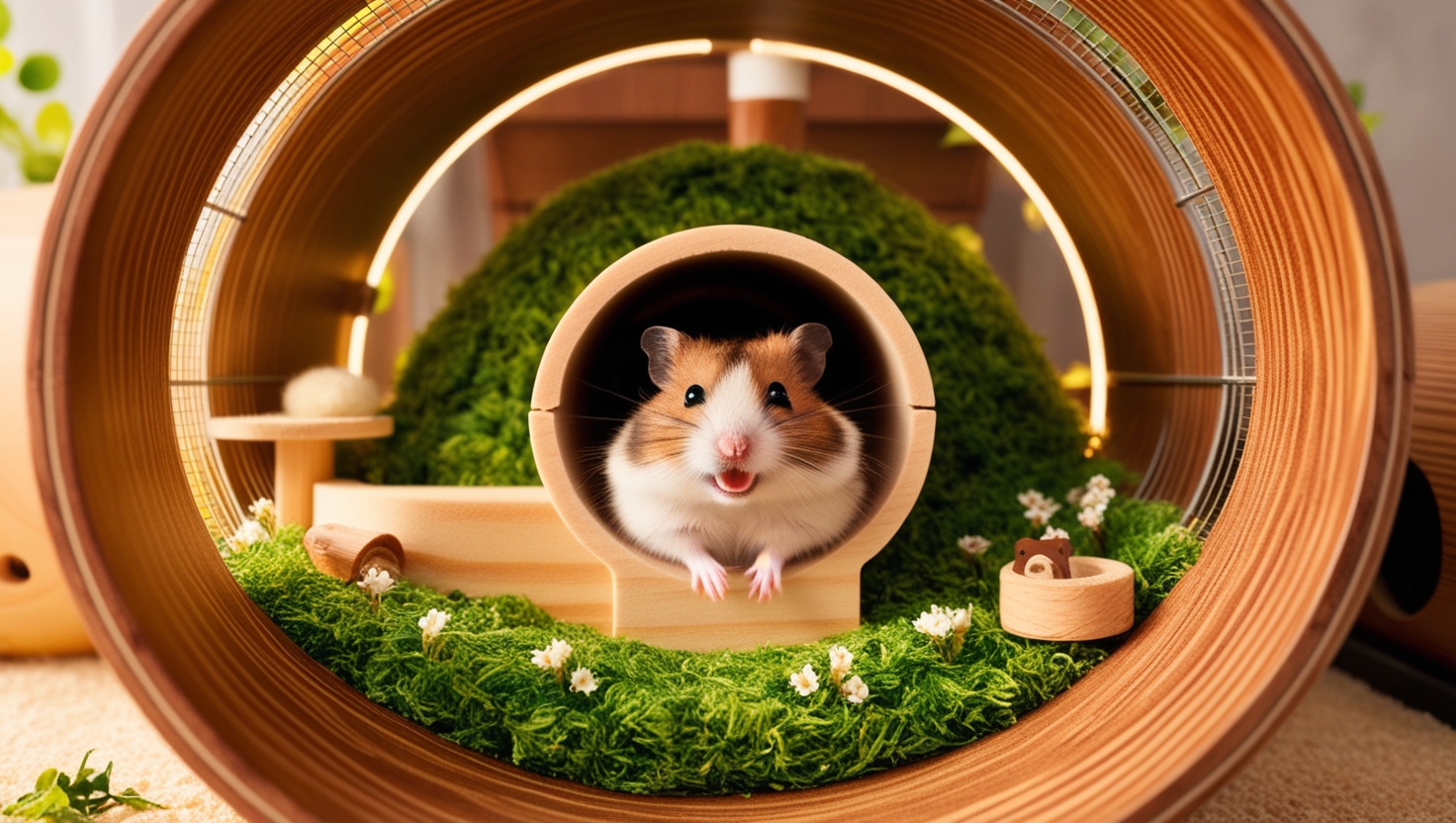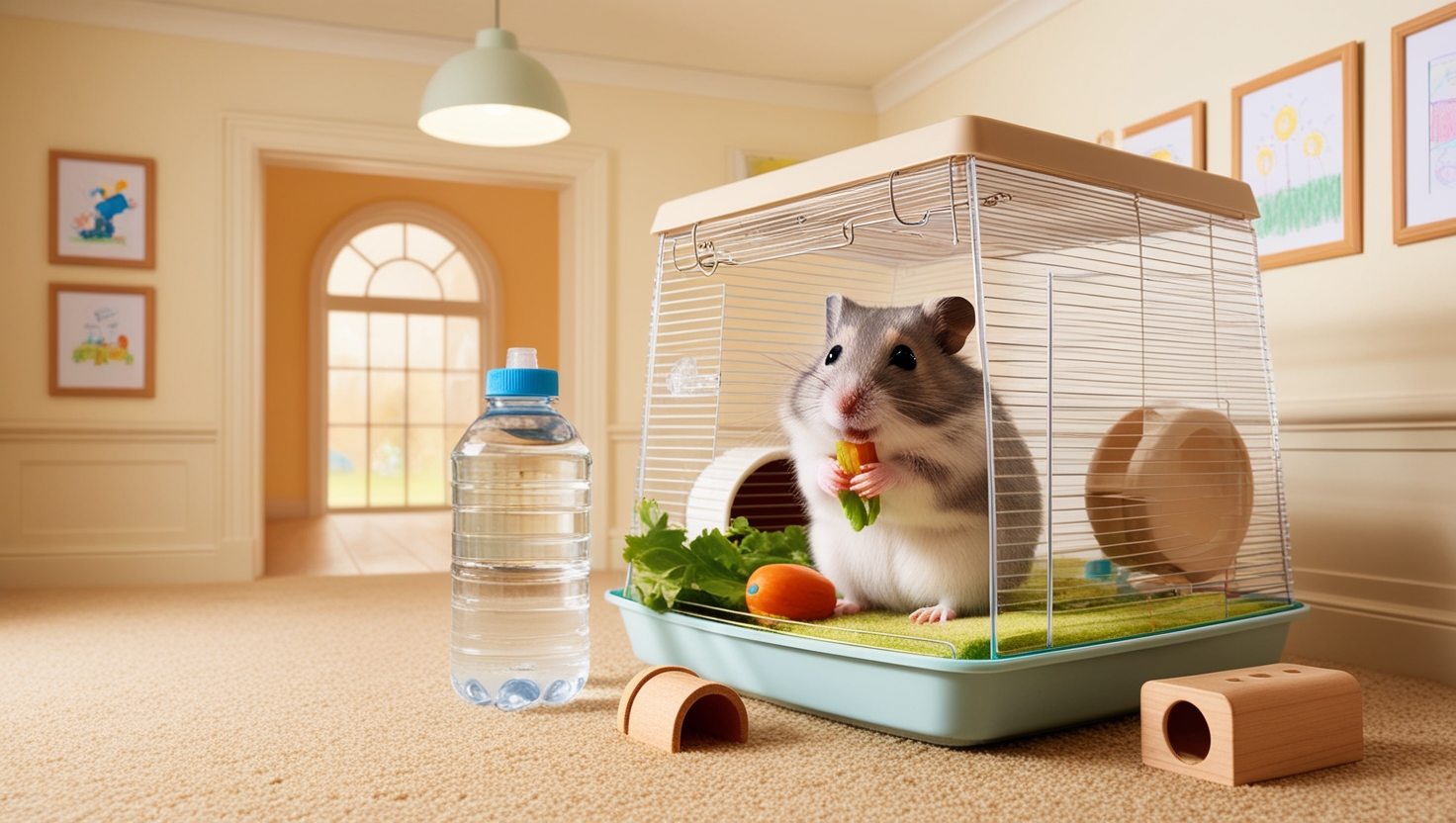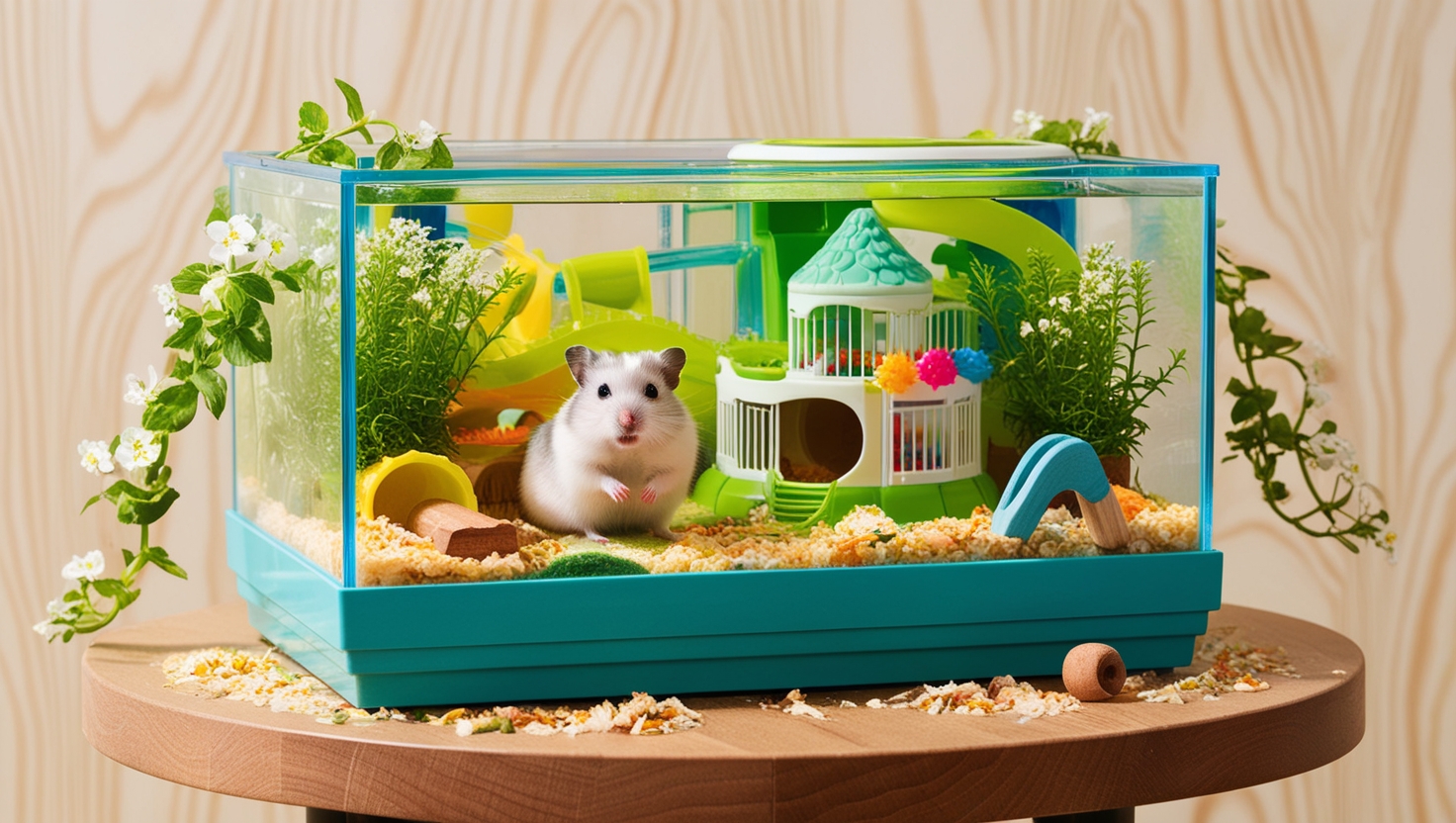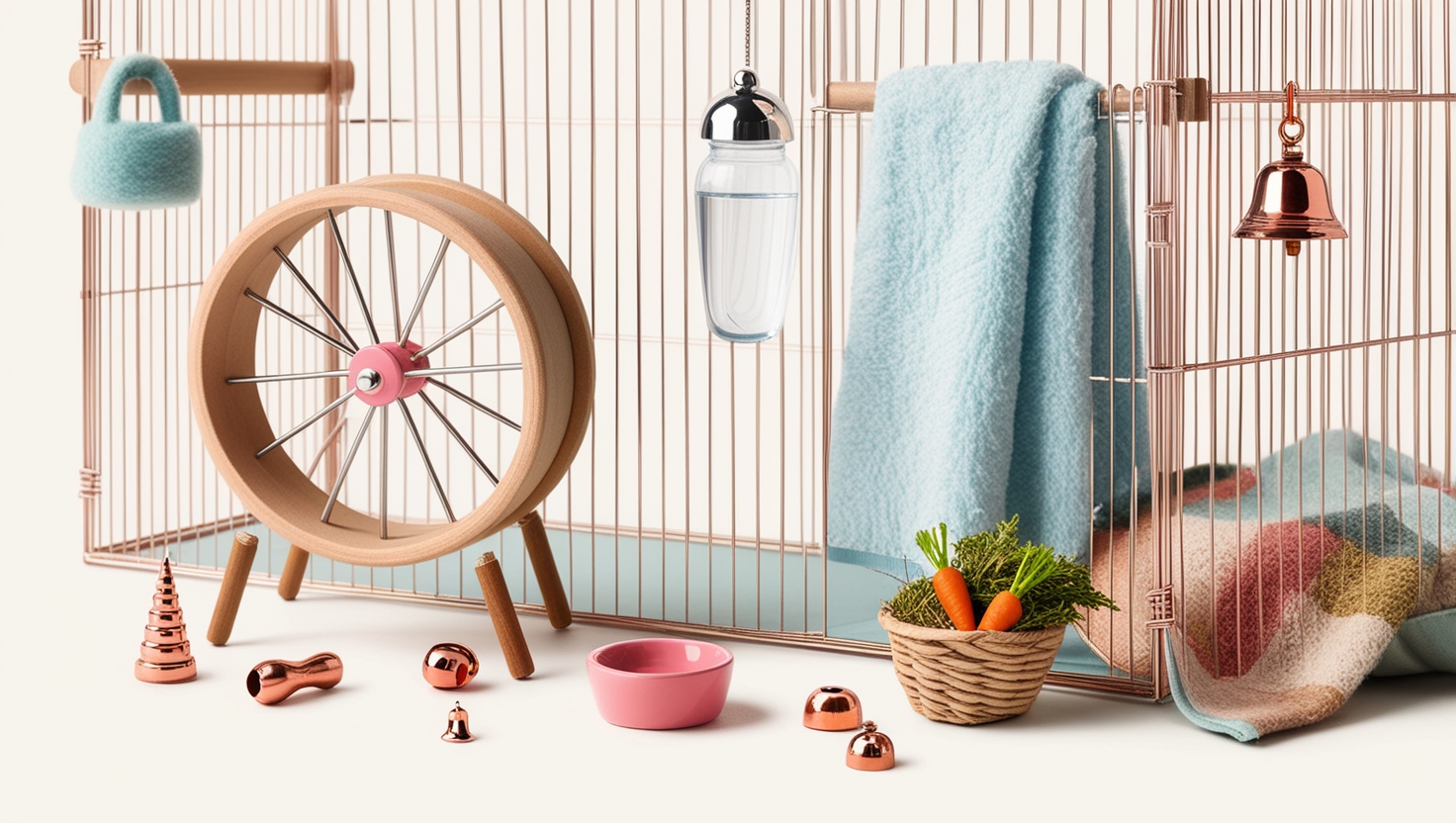So, you’re thinking about welcoming a hamster into your life – how exciting! As a passionate hamster enthusiast and long-time foster parent myself, I can tell you firsthand that these little fluffballs bring immense joy. But before you rush out and grab the first cage you see, let’s talk about setting up a safe and spacious haven for your new furry friend.
The 100cm x 50cm Rule: A Hamster Home, Not Just a Cage
You see, hamster welfare has come a long way! Leading animal charities like the PDSA and Blue Cross now recommend a minimum cage size of 100cm x 50cm for ALL hamster species. That’s right, even the dwarf hamsters deserve to stretch their tiny legs! This shift reflects a growing understanding of hamsters’ natural behaviors and needs.
Remember, a cramped cage restricts a hamster’s ability to burrow, explore, and exercise – all crucial for their physical and mental well-being. Imagine being cooped up in a tiny room with no space to roam – not a fun experience, right?
Why Size Matters: The Science Behind Spacious Living
Don’t just take our word for it! The Veterinary Association for Animal Welfare (TVT) in Germany, a leading authority on animal well-being, also backs the 100cm x 50cm minimum cage size. Their research highlights the detrimental effects of small cages on hamster health, linking them to stress, obesity, and behavioral issues.
Furthermore, the Federal Ministry of Food and Agriculture in Germany also advocates for a minimum enclosure size of 5000 cm2, aligning perfectly with the 100cm x 50cm recommendation.
The RSPCA: A Call for Clarity
While the RSPCA previously recommended an 80cm x 50cm minimum, they’ve shifted to a broader “buy the largest cage you can” message. While well-intentioned, this lack of specific guidance can be confusing for new hamster parents.
Many in the hamster-loving community, myself included, are hopeful that the RSPCA will soon reinstate a clear minimum size recommendation, echoing the 100cm x 50cm standard embraced by other reputable organizations.
More Than Just Space: Bedding Matters Too!
The PDSA’s updated care guidelines also highlight a crucial aspect of hamster housing: bedding. Fluffy bedding materials, often marketed as safe, can actually be dangerous. Cotton wool, kapok, and bamboo fluff pose risks of limb entanglement and even life-threatening intestinal blockages if ingested.
Joining the Movement for Happy Hamsters
The shift towards larger hamster cages is a win for animal welfare! The online hamster community is buzzing with excitement over the PDSA’s updated guidance, with many celebrating this positive change.
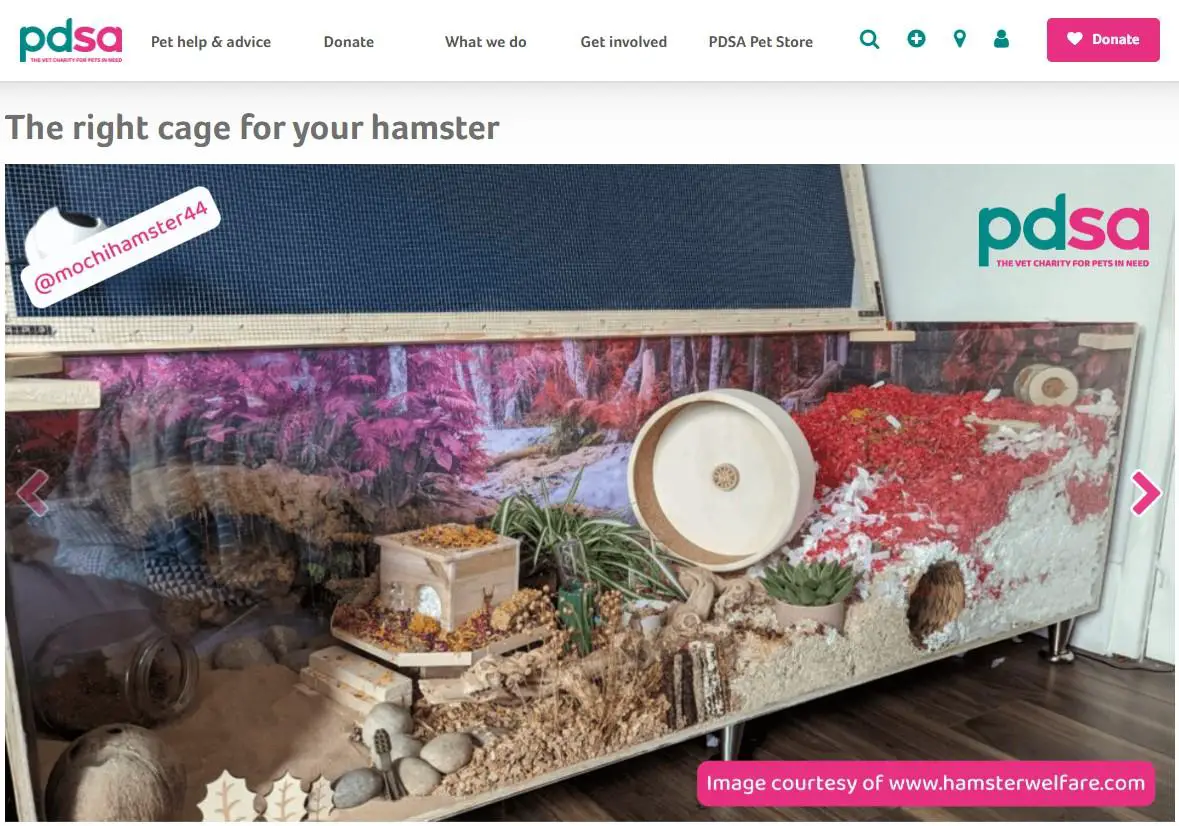 Screenshot of PDSA Hamster page
Screenshot of PDSA Hamster page
A screenshot of the updated PDSA hamster care guide.
 @cosmichamsters celebrating PDSA on social media
@cosmichamsters celebrating PDSA on social media
@cosmichamsters celebrating the PDSA’s updated guidance on social media.
Give Your Hamster the Home They Deserve
Choosing the right cage is the most important decision you’ll make as a hamster parent. Remember, a larger cage doesn’t just mean more space – it means a happier, healthier, and more fulfilled life for your tiny companion.
Ready to create a hamster haven? Let’s find the perfect 100cm x 50cm (or bigger!) cage together! Share your thoughts and experiences in the comments below. Happy hamster parenting!



